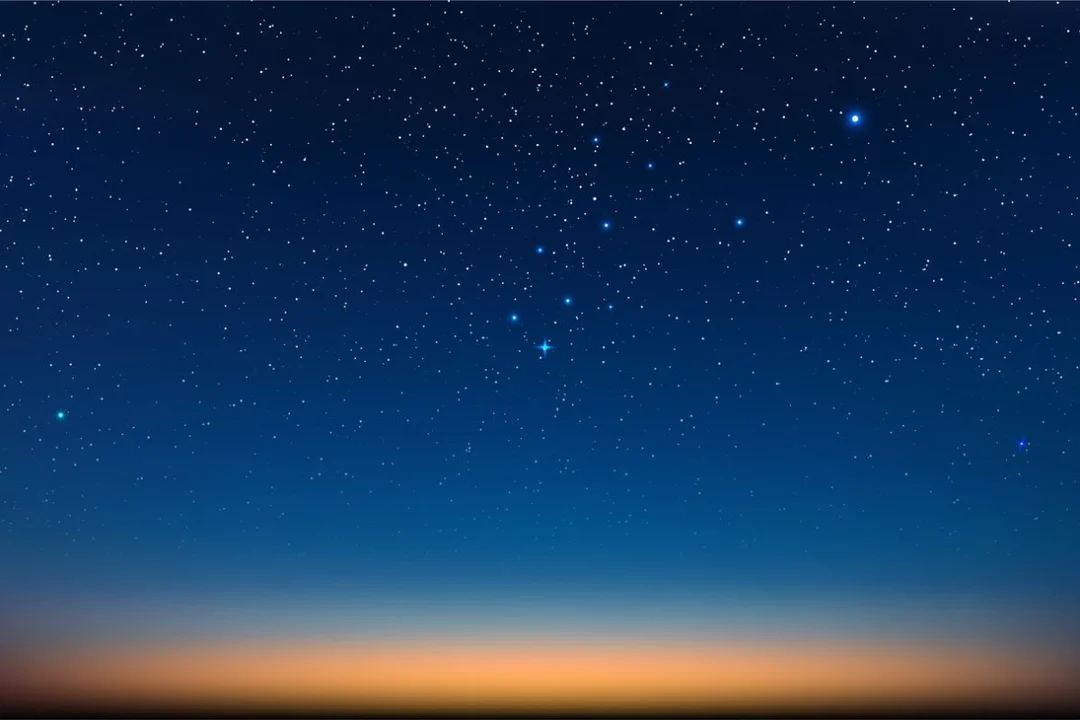
Hubble Tension: Is the Universe Expanding as We Thought? New Data Fuels Debate
The Hubble Tension, a perplexing discrepancy in the measured rate of the universe's expansion, continues to challenge our understanding of cosmology. Recent data from the James Webb Space Telescope (JWST) and the Hubble Space Telescope are adding new layers to this debate, with different analyses leading to conflicting conclusions. Is our model of the universe fundamentally flawed, or are we simply misinterpreting the data?
The core of the Hubble Tension lies in the differing values obtained for the Hubble Constant, which describes the rate at which the universe is expanding. Measurements based on the Cosmic Microwave Background (CMB), such as those from the European Space Agency’s Planck satellite, yield a lower value (around 67.4 kilometers per second per megaparsec). However, measurements using “standard candles” like Cepheid variable stars and supernovae, primarily conducted by the Hubble Space Telescope, suggest a higher value (around 72.8 kilometers per second per megaparsec). This difference, seemingly small, has significant implications for our understanding of the cosmos.
The introduction of JWST was expected to clarify the situation. However, data analysis has led to further debate.

Professor Wendy Freedman of the University of Chicago, initially using JWST data, found a rate of 69.96 kilometers per second per megaparsec. However, Professor Adam Riess, using some of the same data, argued that Hubble and JWST actually agreed, maintaining the tension.
Adding another layer, Freedman and her team recently published a new analysis incorporating both Hubble and JWST data, yielding a value of 70.39 kilometers per second per megaparsec. This measurement sits between the two conflicting values, with an uncertainty range that encompasses both. "This new evidence is suggesting that our Standard Model of the universe is holding up," Professor Freedman stated.
While this latest analysis suggests a potential resolution, the debate is far from over. As David Gross, a Nobel laureate put it, "This isn’t just a tension; it’s a crisis.” The ambiguity around Hubble's constant has led to suggestions we may need to change our core model of the universe, which in turn would provide a different value from Planck.
Furthermore, a separate study highlights that the James Webb Space Telescope reinforced discrepancy between the two measurement methods and excluded potential errors caused by confusing Cepheid stars with other types of stars.
The team plans to continue refining their measurements by observing the Coma cluster, aiming for an independent verification of their methods. The saga continues, with new data and analyses promising to reshape our understanding of the universe.
Is the Hubble Tension nearing resolution, or does it point to a fundamental flaw in our cosmological models? What new physics might be revealed if the tension persists? Share your thoughts and theories in the comments below!